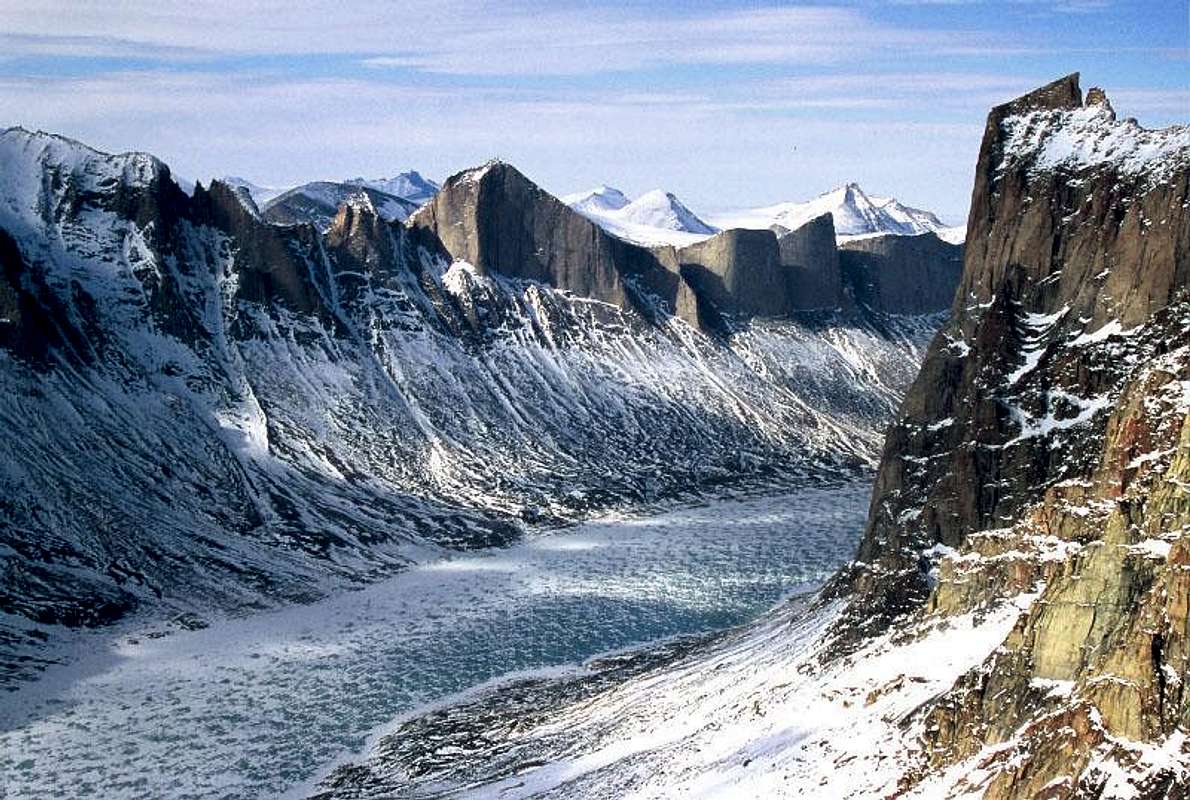Long live the people of Beirut.
Vive la grande nation de France, Vive le peuple de Paris.
Jet pack for flying around asteroids
NASA plans to go to an asteroid... well, to be accurate, NASA plans to kidnap and asteroid, park it in orbit around the Moon, and then go visit it - it's called the Asteroid Redirection Mission. That's all fine, ambitious, and so on - but once you're at the asteroid you need to be able to get around it. Now this asteroid is planned to be small, maybe not a lot bigger than the Orion spaceship visiting it, so it won't have any gravity worth speaking of. Loosing your grip and floating pathetically away from the asteroid would be kind of embarrassing, so Draper engineer Michele Carpenter, Draper fellow Todd Sheerin, and some MIT students have been working on 'control moment gyroscope (CMG) hardware' - essentially the beginnings of a gyroscope controlled jetpack.
Michele Carpenter, told Popular Science that “The CMGs enable a finer level of control by operating continuously. Thrusters aren’t well suited for this function because they are discrete actuators (they need to turn on and off). If an astronaut tried to use them to stay in place, they would repeatedly bounce back and forth while the thrusters turned on and off.”
Above: CMG being demonstrated aboard parabolic flights on a NASA DC-9. Courtesy of NASA
Gravitational waves are one of the last predictions of Einstein's theory of general relativity to be verified - they are 'waves' of distorting space time that ripple out from the most immensely powerful cosmic events, like super massive black holes colliding, and as they pass space itself stretches first one way, then the other. Luckily we live in quiet stretch of universe, so around here gravitational waves are incredibly faint - so faint that they haven't yet been detected, remaining just a theory.
ESA's LISA ( Laser Interferometer Space Antenna) mission, which launches in just over two weeks, will pave the way for future missions by testing in space the technology for gravitational wave detection: It will put two test masses into orbit and control and measure their motion with incredible accuracy. To stand any chance of picking up gravitational waves the mission needs to minimise the extra forces on the test masses, so it has bleeding edge technology: Inertial sensors, the laser metrology system, the drag-free control system and an ultra-precise micro-propulsion system.
Above: A video explaining ESA's LISA pathfinder mission, starting the hunt in space for gravitational waves. Courtesy of ESA.
India launches first solar mission
It's not a big surprise that space agencies are interested in studying the Sun: As well as being the only star we can study up close, it controls the space weather around Earth (which can influence and damage our power grids and communications) and is the source of 99% of all energy on Earth. India's space agency, ISRO, is building on it's recent successes and aiming launch a solar mission called Aditya. All they're waiting for is the final go-ahead from India's prime minister.
“A combination of imaging and spectroscopy in multi-wavelength will enhance our understanding of the solar atmosphere. It will provide high time cadence sharp images of the solar chromosphere and the corona in the emission lines. These images will be used to study the highly dynamic nature of the solar corona including the small-scale coronal loops and large-scale Coronal Mass Ejections,” said Dipankar Banerjee, physicist from IIA, who is part of the project.
Above: The solar corona the Sun's atmosphere - seen during a solar eclispe. Courtesy of Astrobob
New evidence in the hunt for where Earth got its water
In case anyone hasn't noticed; Earth has a lot of water - in fact it covers two thirds of the planet's surface. But where it all came from is a bit of a mystery: Comet strikes have been proposed, but recent readings on the isotope ratios of comet water don't seem to match Earth's. A new paper (here, pay to view) by the University of Hawaii at Manoa has focused on results from rocks that have been preserved from Earth's earliest days, and which contain tiny bubbles of water from those times. The analysis points to the water being incorporated into Earth right at the start, as water rich dust from the protosolar nebular - the cloud of dust and gas from which the planets grew.
 |
| Above: Baffin island, where the rocks were found. Courtesy of Peter Dronkers at summitpost.org |
Cygnus spacecraft being readied for cargo mission
Orbital ATK are readying a Cygnus robotic cargo ship for the next cargo run to the International Space Station. This will be Orbital's fourth commercial resupply flight to the station and will carry supplies, equipment and research to keep the station stocked. Maybe not the biggest news in space travel this year, but it's good to see the commercial spaceflight company getting back on it's feet, after the disastrous explosion of one of its Antares rockets earlier this year
 |
| Above: A Cygnus spacecraft on approach to the ISS. Courtesy of Orbital ATK. |

No comments:
Post a Comment